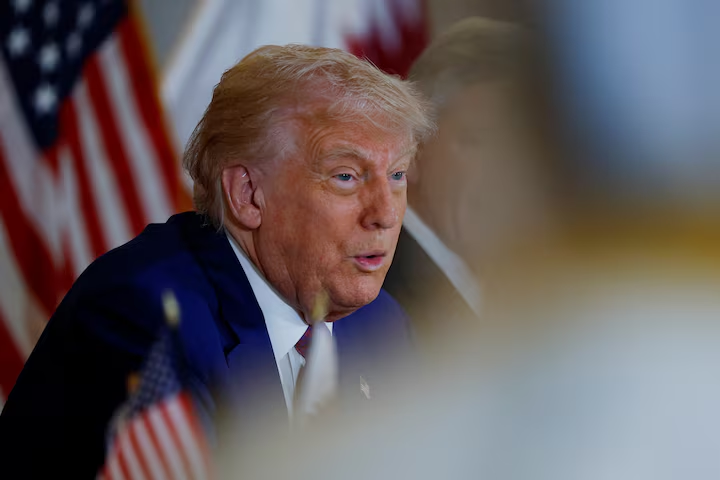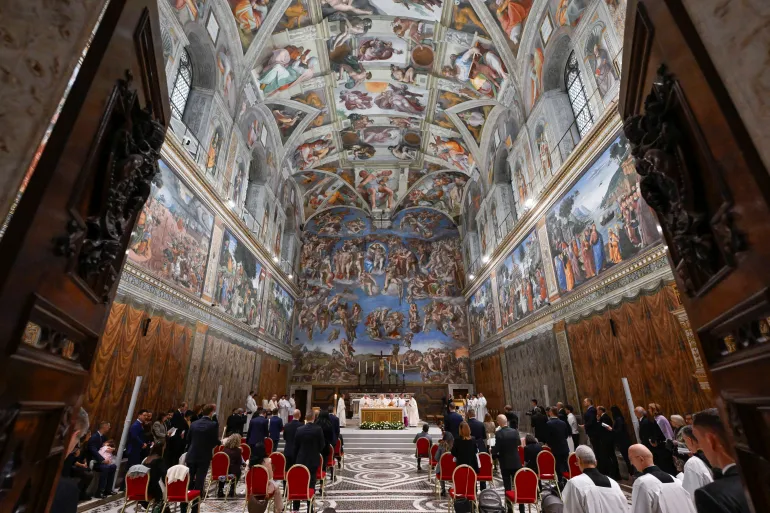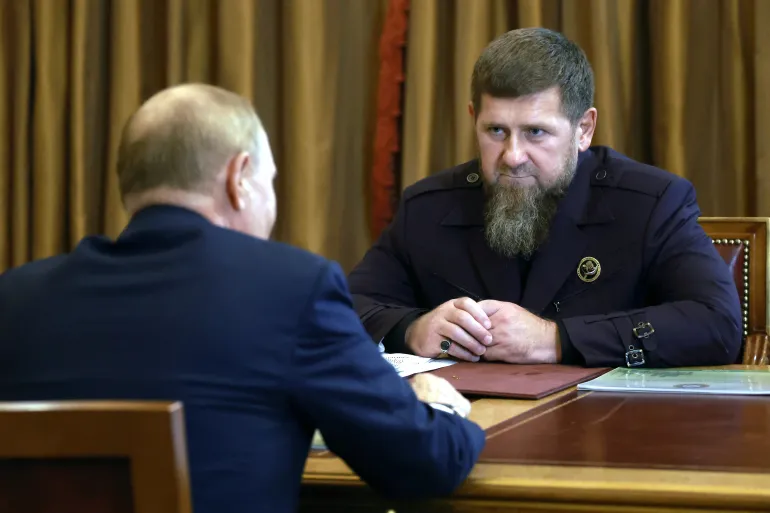President Donald Trump said on Wednesday that the United States is “very close” to reaching a new nuclear agreement with Iran, signaling progress in long-running diplomatic negotiations. Speaking after the fourth round of indirect talks held in Oman, Trump stated that Iran had “sort of” agreed to the U.S.-led proposal, fueling speculation that a breakthrough may be imminent after years of heightened tensions.
While Trump’s remarks suggested optimism, significant gaps remain on key issues, particularly regarding uranium enrichment and economic sanctions. The Trump administration’s current proposal aims to prevent Iran from developing nuclear weapons while offering phased incentives, including the potential easing of some sanctions. However, Tehran continues to insist on retaining its uranium enrichment capabilities, which it considers non-negotiable.
Iranian officials have repeatedly stated that any reduction in their enrichment activities must mirror the framework of the 2015 Joint Comprehensive Plan of Action (JCPOA), the agreement from which Trump withdrew the U.S. in 2018. Iran is reportedly open to scaling down its enriched uranium stockpile and enrichment levels, but only if such measures are gradual and reciprocal—a phased approach the U.S. is reluctant to accept.
One of the major sticking points in the negotiations remains economic sanctions. Tehran wants the removal of sweeping U.S. sanctions that have crippled its economy, particularly those targeting its oil exports and banking sector. Iranian negotiators argue that these sanctions are unjust and a key factor in regional instability. However, U.S. officials have expressed concern that full sanctions relief could embolden Tehran to resume other destabilizing regional activities, including support for proxy groups in Iraq, Lebanon, and Yemen.
Despite these unresolved issues, both sides have continued to engage in talks, which are being facilitated by intermediaries in Oman. The fourth round of discussions saw a more detailed U.S. proposal presented to the Iranian delegation. While Iranian leaders have not formally accepted the terms, President Trump’s statement indicates that there may be growing alignment on some core elements of the deal.
The possibility of a nuclear agreement has already triggered reactions in global financial markets. On May 15, oil prices dropped in anticipation of a deal that could restore Iranian crude exports to international markets. Brent crude futures fell by around $2 to settle at $64.60 per barrel, while U.S. West Texas Intermediate dropped to $61.69. Analysts expect that if sanctions are lifted, Iran could quickly increase oil production by at least one million barrels per day, significantly impacting global supply.
The original 2015 nuclear agreement, reached under President Barack Obama, offered Iran sanctions relief in exchange for strict limitations on its nuclear program and comprehensive monitoring by the International Atomic Energy Agency (IAEA). President Trump’s withdrawal from the pact in 2018 led to a rapid deterioration in relations, with Iran resuming uranium enrichment and the U.S. imposing a “maximum pressure” sanctions campaign.
Since returning to office, Trump has signaled a willingness to renegotiate terms under a new framework—one that seeks longer-term limits on Iran’s nuclear capabilities and stronger enforcement mechanisms. However, Iranian leaders remain skeptical of American intentions, citing the previous withdrawal as a breach of trust.
U.S. and European officials hope that a new deal could restore some measure of stability to the region and reinstate a degree of predictability in U.S.-Iran relations. However, both sides will need to make significant concessions to reach a durable agreement.
As the talks continue, the coming weeks will be critical in determining whether the current diplomatic momentum leads to a comprehensive deal or stalls once again over longstanding disputes. For now, President Trump’s statement offers a glimmer of hope that a new chapter in U.S.-Iran relations may be on the horizon—one that averts conflict and emphasizes diplomatic resolution.
Source; Reuters



